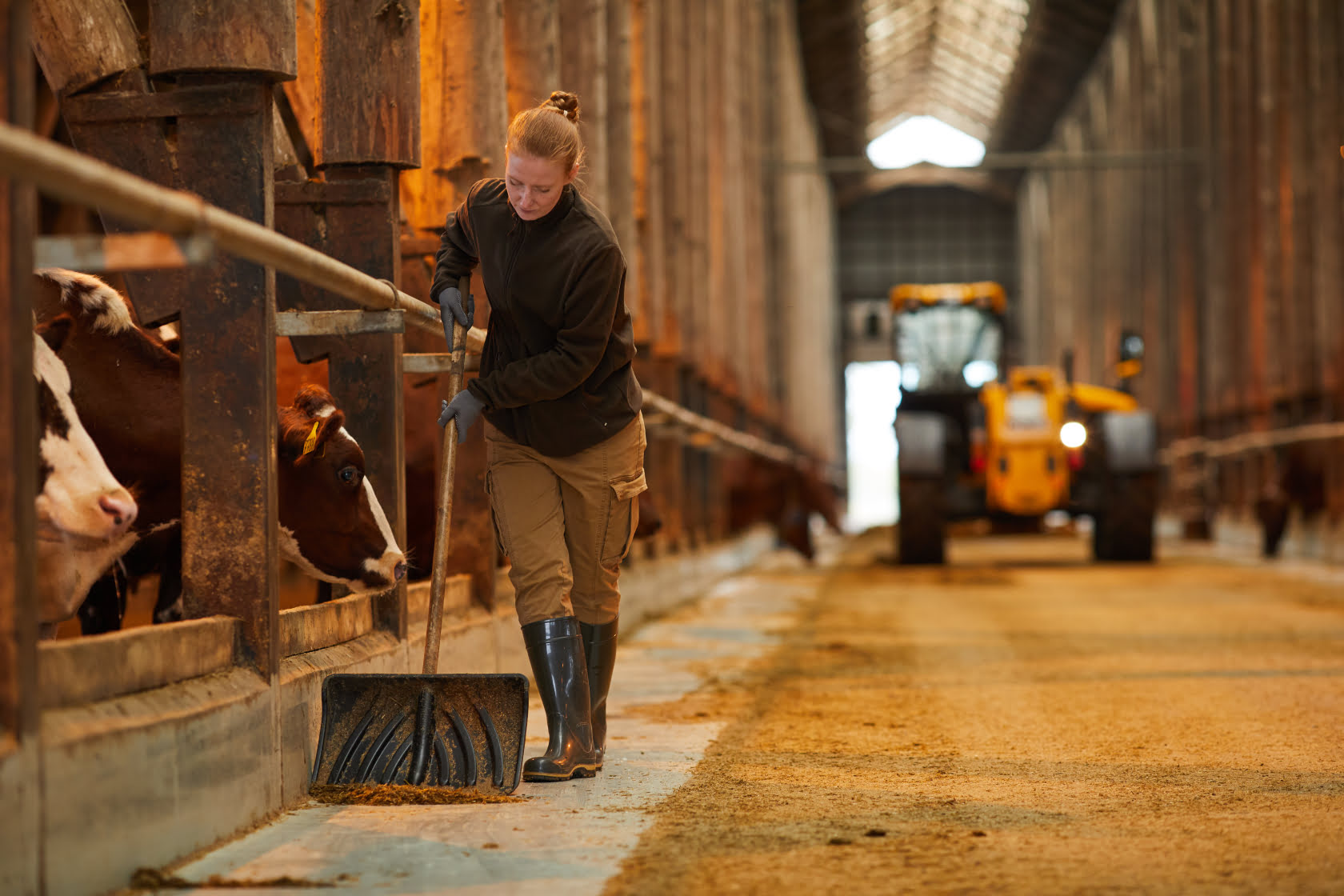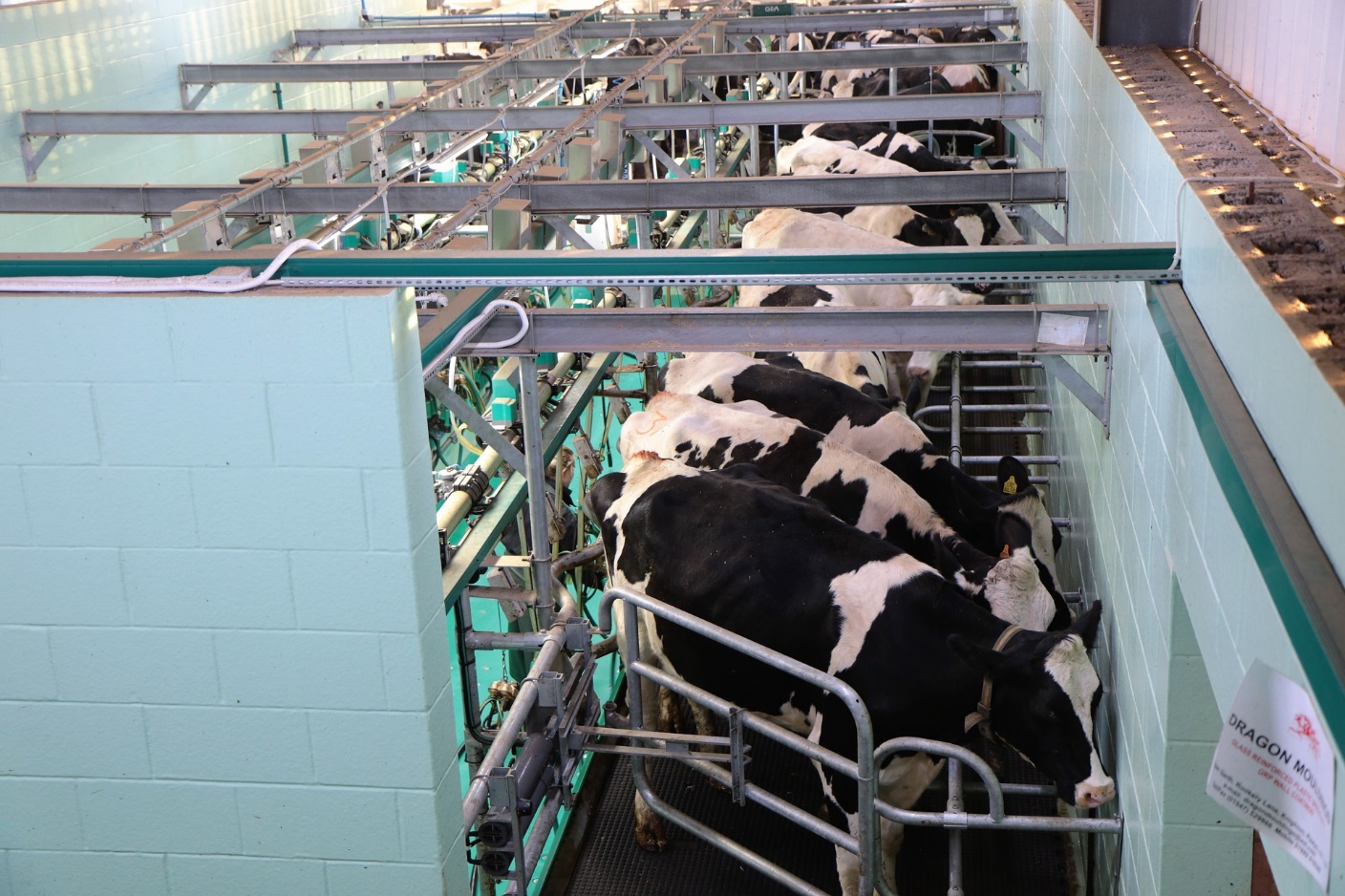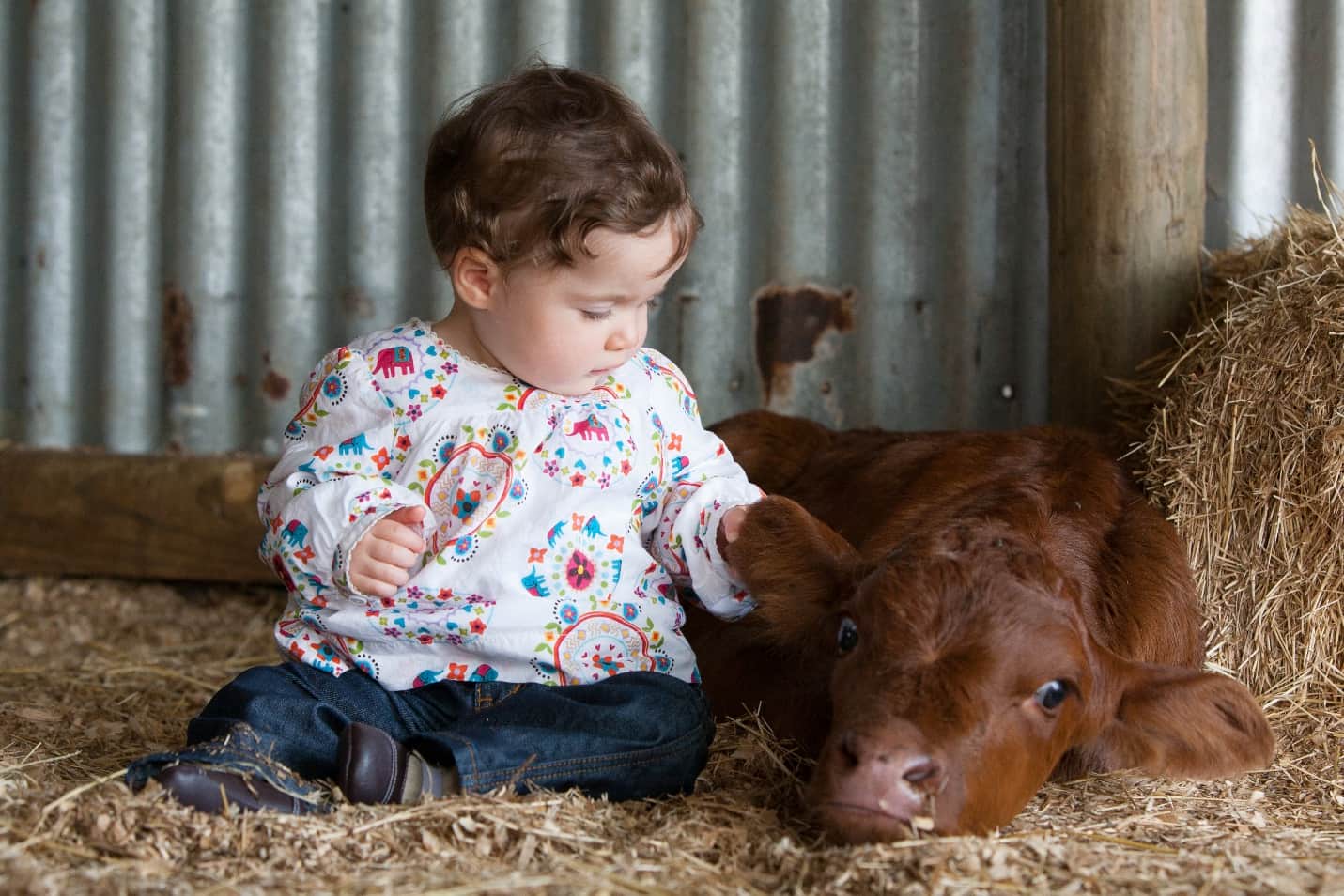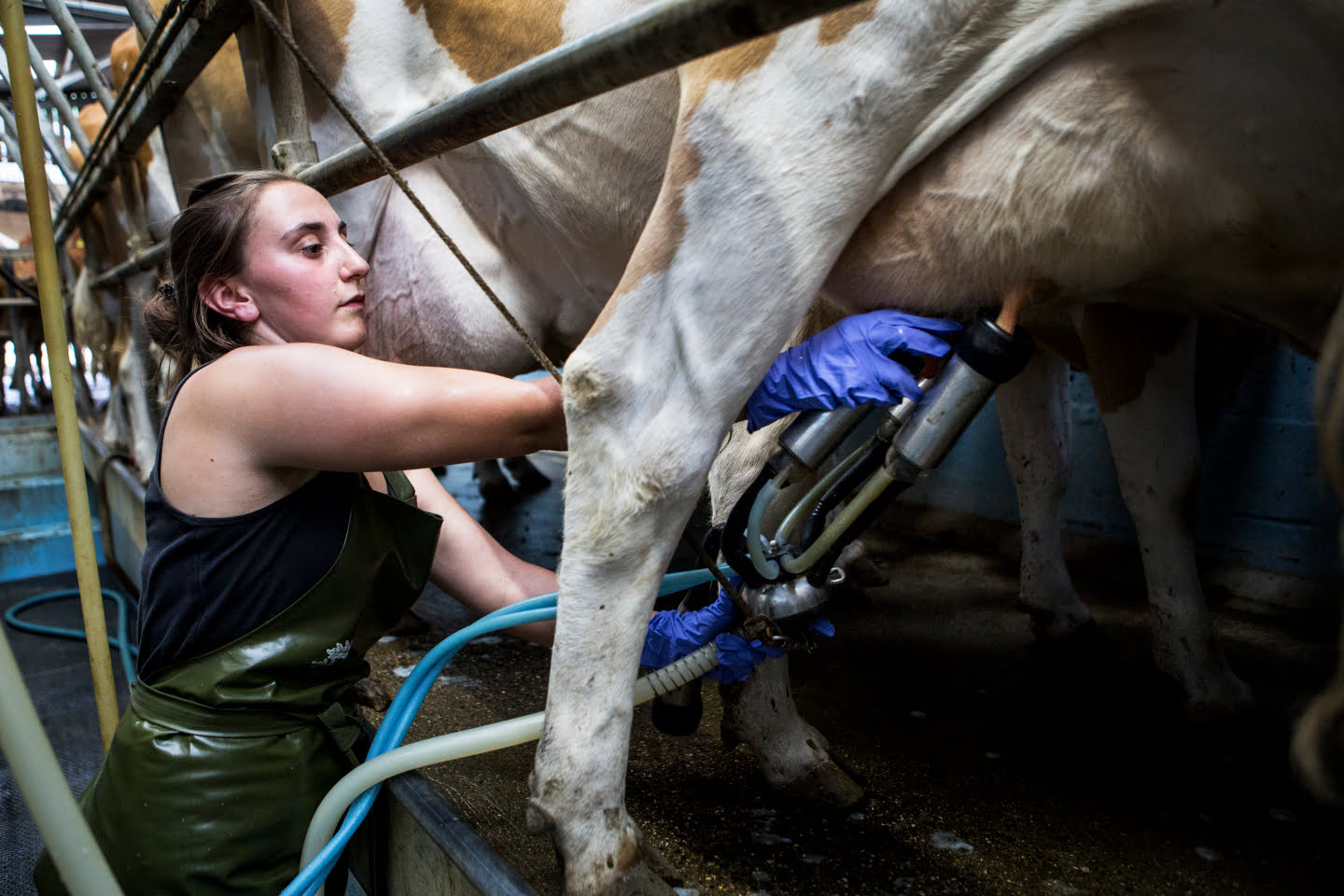“Cleanliness renews the air, refreshes the blood and animates the mind.”
Now while Marie Kondo and her de-cluttering philosophies have impacted even the messiest of us all and made cleaning up our houses and rooms almost fun, cleanliness on the farm is a whole other ball game – it’s do or die.
Cows need to live in a clean environment to protect them from illnesses like mastitis and cleanliness is the gateway to having a healthy herd and a farm that’s thriving.
A cow that has fallen sick comes along with a huge price tag in terms of the amount of yield lost but that’s not all.
Because, sickness can spread easily through the herd causing you a lot of difficulties physically and financially. In this article, we’re going to tell you about how you can adopt the best practices to keep your farm as germ-free as possible!
Hygiene in the barn:
Maintaining cleanliness on a dairy farm is not easy, but it has to be done, regularly.
Remove all bedding and equipment before cleaning the barn. For rough and porous surfaces, use a broad-spectrum disinfectant with penetration enhancers.

Hygiene in the milking parlour:
The milking parlour should be cleaned once or twice a day, depending on how frequently it is used. The surfaces should be cleaned regularly to prevent the reproduction of pathogens.

Hygiene in the calving and calf pen:
Calves are born without an immune system so, if they’re exposed to pathogens as soon as they are born, it could be fatal. Cows after calving have a low immune system function which happens due to the stress of calving which increases their chances of contracting diseases.
When you cut down the new calf’s exposure to pathogens, you’re giving it a healthy start to the rest of its life!
Early disease in calves like calf pneumonia and calf scours cost the farming industry a lot of losses. This is due to poor growth, lower feed conversion rates and all the cost and labour that is spent on the treatment.

It is important to clean the colostrum collection equipment right after it is used. It should also be disinfected regularly.
When calves are kept close to each other, the chance of transmission of agents that cause neonatal calf diarrhea (NCO) is much higher due to the build-up in the air. The pathogens that cause NCO are viruses like rotavirus and coronavirus, bacteria like E.coli and salmonella and parasites like cryptosporidium parvum.
Therefore, the disinfectant used should have a broad spectrum that will work well amongst all the three types of pathogens. For bacteria and viruses, active substances like iodine and glutaraldehyde are easily available in the market but for c. parvum there are only a few alternatives so it has to be chosen properly.
Your buckets, feeders and drinkers must also be disinfected and rinsed. The best and most clear-cut way to do this would be to clean and disinfect between each entry of animals and manage it as an in and out system, that is, clean, in, out, clean!
Hygiene of the handlers:
Farmers and labourers who come into direct contact with the cows can also be carriers of pathogens. Disinfectants, decontaminating soaps and disinfecting alcohol solutions all work well for hand hygiene.
The farmer should also use hands and boot disinfectants before and during the milking practices. The same process should be followed when going from one group of animals to another group of animals for example when visiting the dairy cows first and then attending to the handling calves.
Boot baths should be cleaned with new disinfectants since many products will lose their level of efficiency due to the organic material from the bottom of the booths.
A helpful tip to extend the life of booth washing stations is to have labourers and other employees rinse their boots before disinfection. Having a boot washing station at the main entrance of the dairy is very convenient and ensures good hygiene practices.
Hygiene of the milking equipments:
Dirty milking machines cause infections to spread. It can cause clinical and subclinical mastitis and also decrease the quality of the milk. So a rigorous cleaning procedure must be followed.

Acid or alkaline should be used to clean the machine after each milking. A chlorinated alkaline product will disinfect the system well. However, be sure to dilute it to the right amounts since it could damage the rubber if too strong.
The exteriors of the milking cluster like the teat cups and liners should be rinsed after every milking. Sometimes, it may have to be rinsed during milking itself, if there is manure on it. Scrub the milking clusters with soap and water if the manure sticks to the exteriors and does not wash off easily.
Hygiene of the teat:
There are three main stages in a lactating cows life when they are prey for the agents that cause mastitis.
- During milking, if the teat prep is not proper
- After milking, if the cow lies down on an area that’s dirty with its teat sphincters open
- During the dry period
Different cows use the same milking machine which is a source of contamination from either one cow to another cow or a part of one cow to a specific part of another cow.
Also, unhygienic conditions could affect the milk consumers since bacteria that are not removed from the teat surface will land up inside the milk.
Spray a disinfecting solution on the teats or apply it with a dip cup as a liquid or foam and then dry the teats with a throw-away towel or a fresh and clean re-used cloth towel. A post milking spray may reduce new infections by half.
The dip cups also should be cleaned and disinfected.
If you’re re-using cloth towels, wash them with hot water and add chlorine to the washing machine and dry it fully to reduce the number of bacteria on the towels. Also, be sure to check if you’re washing machines are overloaded because they will not clean thoroughly if stuffed with fabric.
After milking, the teat sphincters stay open for close to two or more hours and during this period, the chances of contamination are high. Post-milking teat disinfection is extremely critical to the health and well-being of the cow. This helps kill the germs that land up on the skin during the milking process.
Also, since teat dips are applied 2-3 times daily, use the right kinds that will not cause dryness or cracking on the teat skin.
Cows with healthy teats produce more milk because they are easier and more efficient for milk.
Hygiene during the dry period:
Hygiene during the dry period is directly linked with keeping mastitis away. Keep your dry cow pens very clean. Stall beds should be scraped regularly and new and fresh bedding should be added.
Hygiene of the hoof:
Lameness in dairy cows has increased considerably over the past 20 years. Use a good hoof disinfectant that will reach the bacteria that reside deep within the tissues. Measures like footbaths, hoof mats and foaming systems also help control the disease.
Make sure your footbaths are dumped and replenished so that the solution stays effective. This will help you prevent lameness-related:
- production losses
- high treatment costs
- lower milk yields
- lower reproductive performance
- an increase in culling.
Well-being Checks:
Consider doing routine ‘well-being checks’. As they say, prevention is better than cure. A well-being check means not waiting for your cows to fall sick before frantically calling the vet. Instead, you could have a vet visit once every few weeks to make sure your cows are hale and healthy!
That brings us to the end of this article. We hope you found it useful. If you're interested in improving animal well-being at your farm, do check out our articles on farm animal health.
- The Dedicated Team of Pasture.io, 2021-02-28